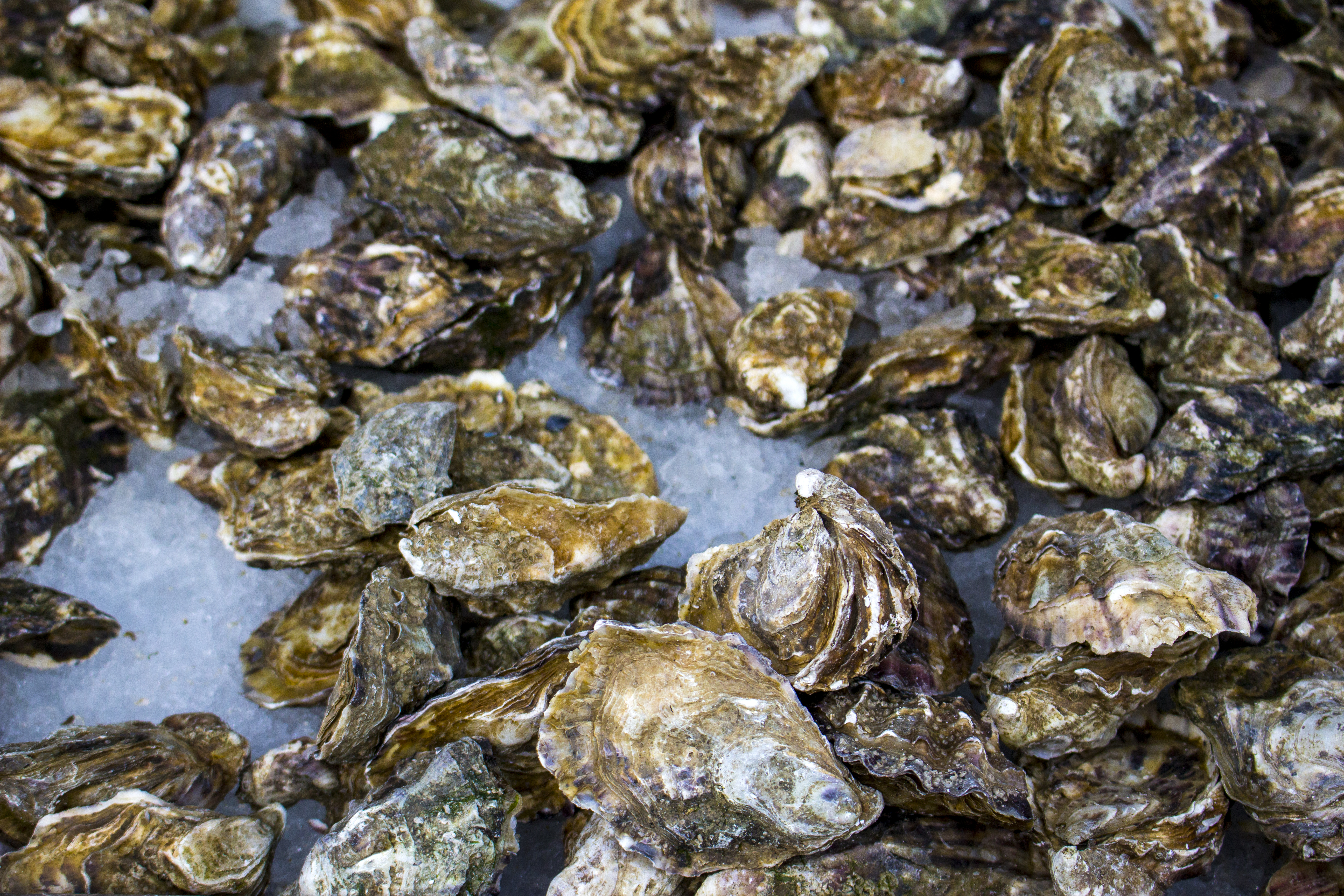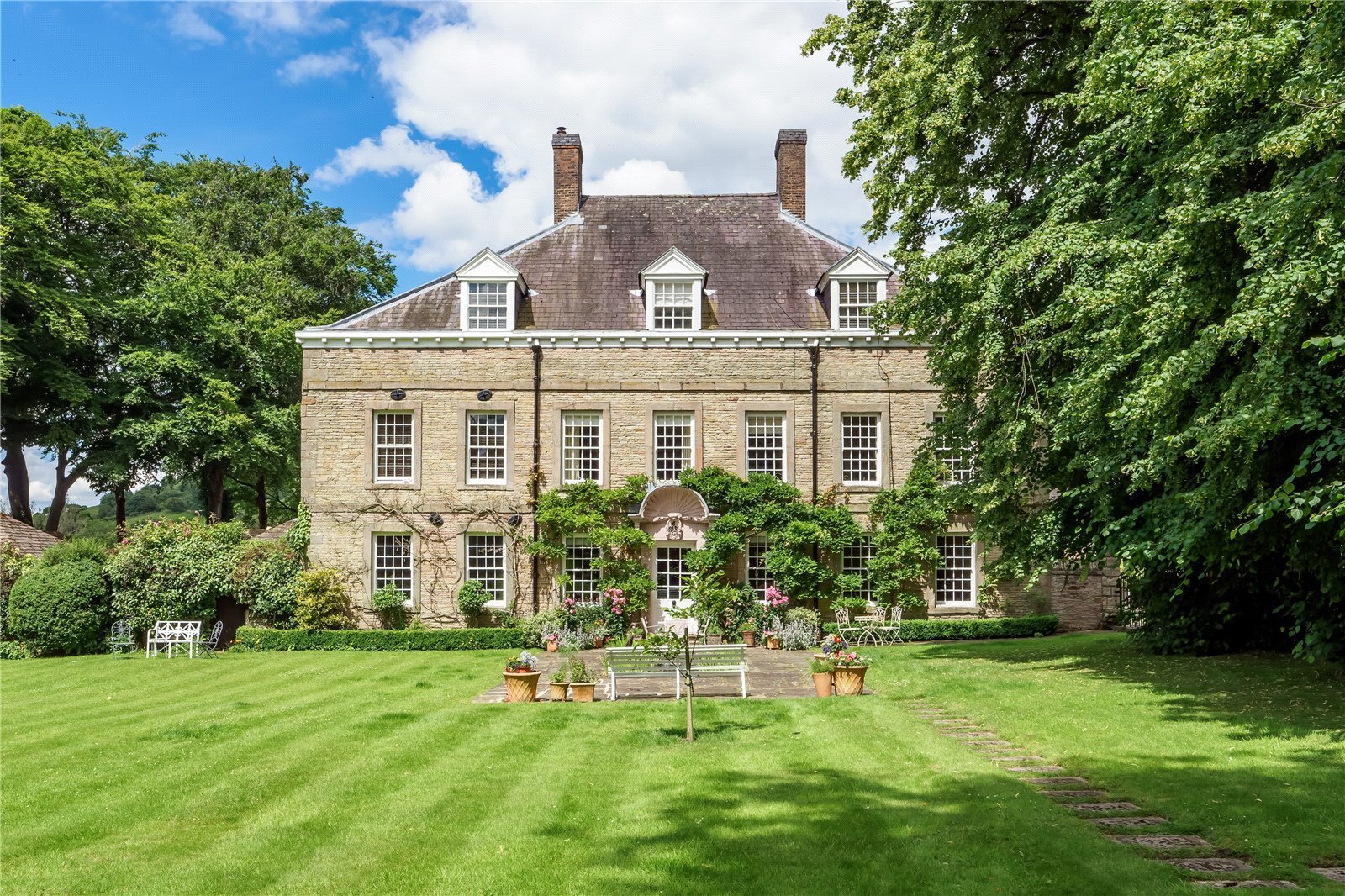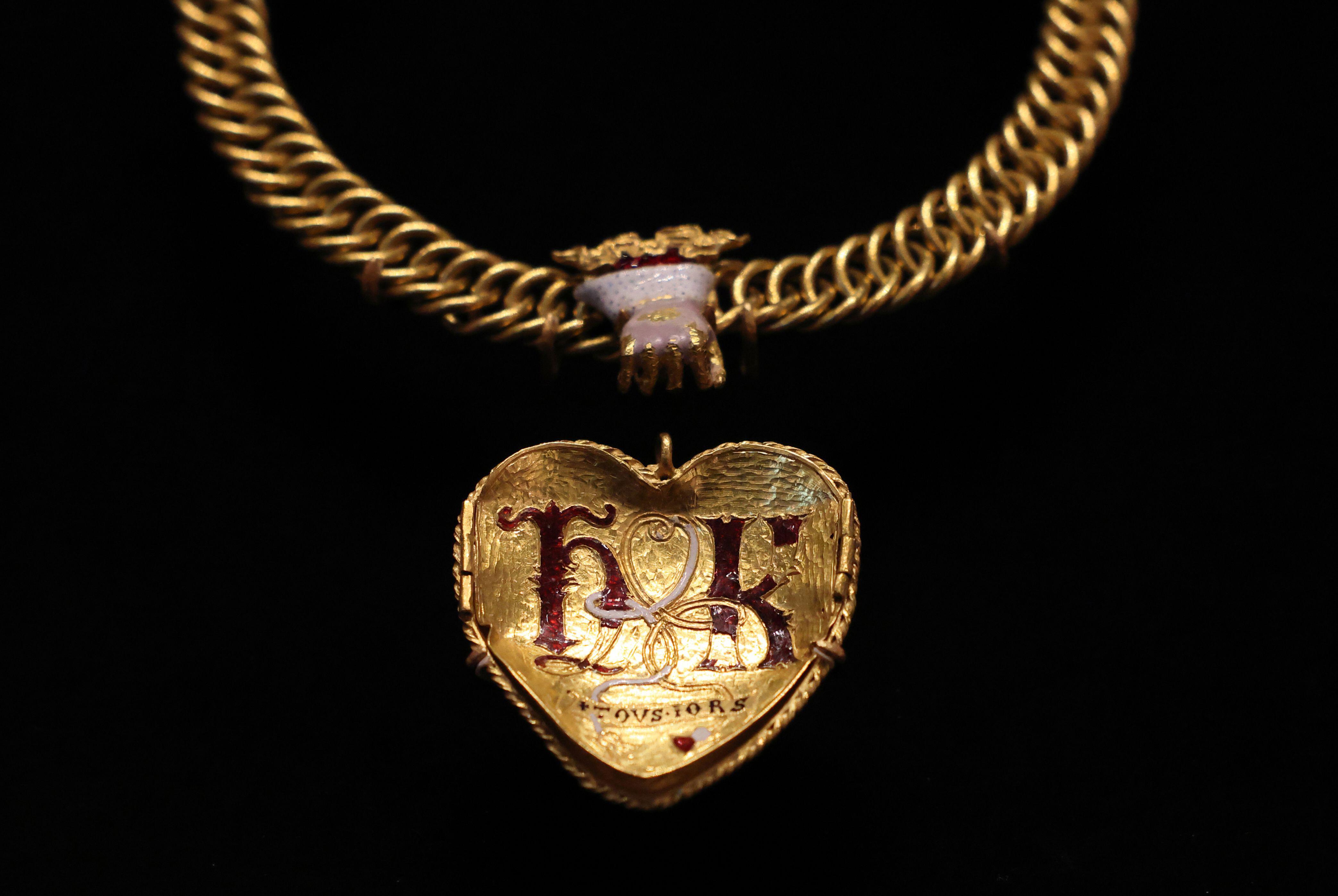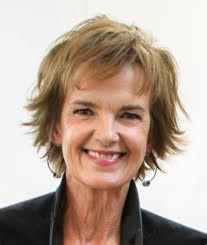‘Once upon a time they covered an area the size of Ireland’: The restoration of Britain’s native oyster reefs is shaping future marine projects around the world
Jane Wheatley reports on an innovative project to restore Britain’s once plentiful native oyster reefs in Tyne & Wear.


For one week in late September, North Shields Fish Quay was the scene of what looked like a massive art installation: 20 monumental blocks of Marine Crete — an eco-alternative to concrete designed by Arc Marine in Devon — each one engraved, rather beautifully, in ridges and whorls to mimic a natural reef surface. Also present were long tables where several thousand oysters were being individually scrubbed clean in icy water before being glued to the cubes.
It was not art. It was the launch of an innovative project to restore these once plentiful and desirable little bi-valves to coastal waters.
In the North Sea off Whitburn, South Tyneside there were once oyster reefs covering an area the size of Ireland. They produced a thriving market in the protein-rich food source, including specialist oyster merchants and bars where you could buy four oysters for a penny. But since the end of the 19th century, the usual litany of habitat loss, over-harvesting, pollution and disease has led to a 95% decline in stocks. In the storm-tossed North Sea the oyster is now functionally extinct.
The work is a collaboration between the Zoological Society of London (ZSL) and the environmental charity Groundwork North East & Cumbria, and the cubes are destined to become not only an artificial reef and habitat for oysters and other marine life such as lobsters, but to act as ballast, securing the reef to the ocean floor.
Marine ecologist Dr Ashleigh Tinlin-Mackenzie is leading the project: ‘Restoring native oysters isn’t just about bringing back a lost species,’ she says, ‘but about building a healthier, more resilient North Sea. Oyster water filtration improves local water quality and clarity, and the complex 3D reef structures create homes for other marine species, providing feeding and nursery grounds, and boosting marine biodiversity.’
The native oysters, half farmed and half wild, were sourced from Scotland along with 35,000 spats — juvenile oysters attached to bits of shell — from a hatchery, which should provide the next generation on the reef. Forty tonnes of scallop shells were also dropped around the wider area to provide a reef structure for future juveniles.
Stephen Armstrong was among the 90 volunteers cleaning the oysters over several days: ‘It was much harder than I anticipated,’ he says. ‘We had to be very thorough to remove any biological hazards from the shells, which were a bluey green colour, some were almost black. We used wire brushes and hacked away with chisels; the barnacles were pretty tenacious, but those little guys had to be clean as a whistle. They were long days and we were soaking wet with sore hands.’
Exquisite houses, the beauty of Nature, and how to get the most from your life, straight to your inbox.
Another volunteer was surprised to find herself ‘completely invested’ in the project after spending a week scraping off worm casts and glueing shells to a cube. ‘Seeing the video of “Cube No 2” — my cube — installed on the seabed was thrilling, actually.’
The hope is that the cubes will provide a stable environment for the oysters during storms; an earlier release of 10,000 mature native oysters in 2023 was hit by a cyclone dispersing them away from the intended reef site.
‘The reef cubes mimic many of the positive attributes of a mature wild oyster reef,’ asserts Dr Tinlin-Mackenzie, ‘providing a unique habitat for other species such as fish, sponges and crustaceans and allowing us to see ecological benefits in a shorter timescale than using oysters alone. We are the first in the UK to trial new approaches that could shape future marine restoration on exposed open coastlines around the world.’
Jane Wheatley is a former staff editor and writer at The Times. She contributes to Country Life and The Sydney Morning Herald among other publications.
-
 Can you buy happiness? The latest list of Britain's happiest places, and what you could end up with if you moved there
Can you buy happiness? The latest list of Britain's happiest places, and what you could end up with if you moved thereCan you buy happiness? Of course not, but you can buy a nicer house in a better town... and, well, that's probably going to help quite a bit.
-
 Is the British Museum's attempt to save a Tudor-era pendant with links to Henry VIII proof that the institution is on the up?
Is the British Museum's attempt to save a Tudor-era pendant with links to Henry VIII proof that the institution is on the up?After years of neglect and controversy, Britain's premier cultural institution seems to be finding its feet again.

